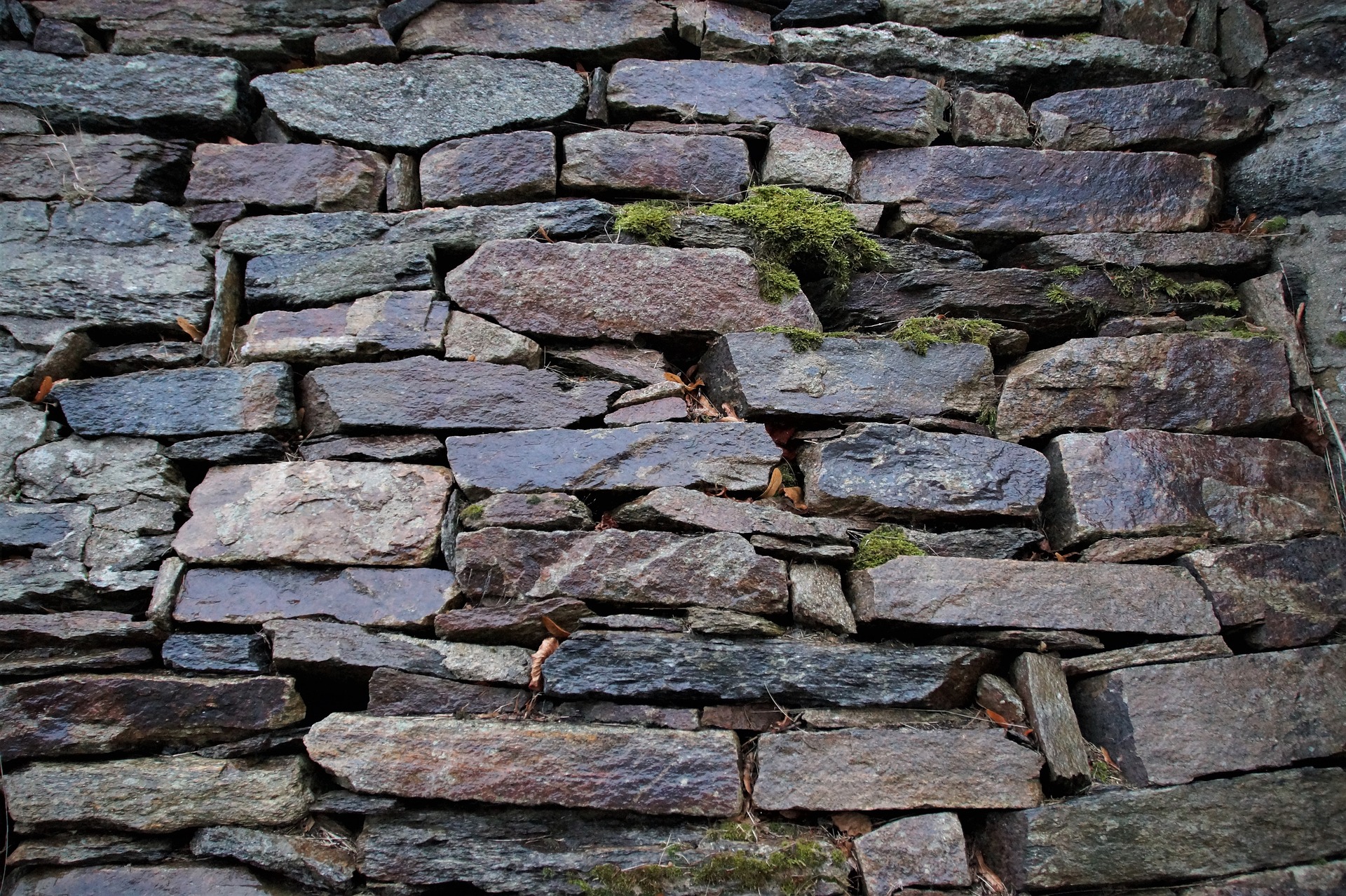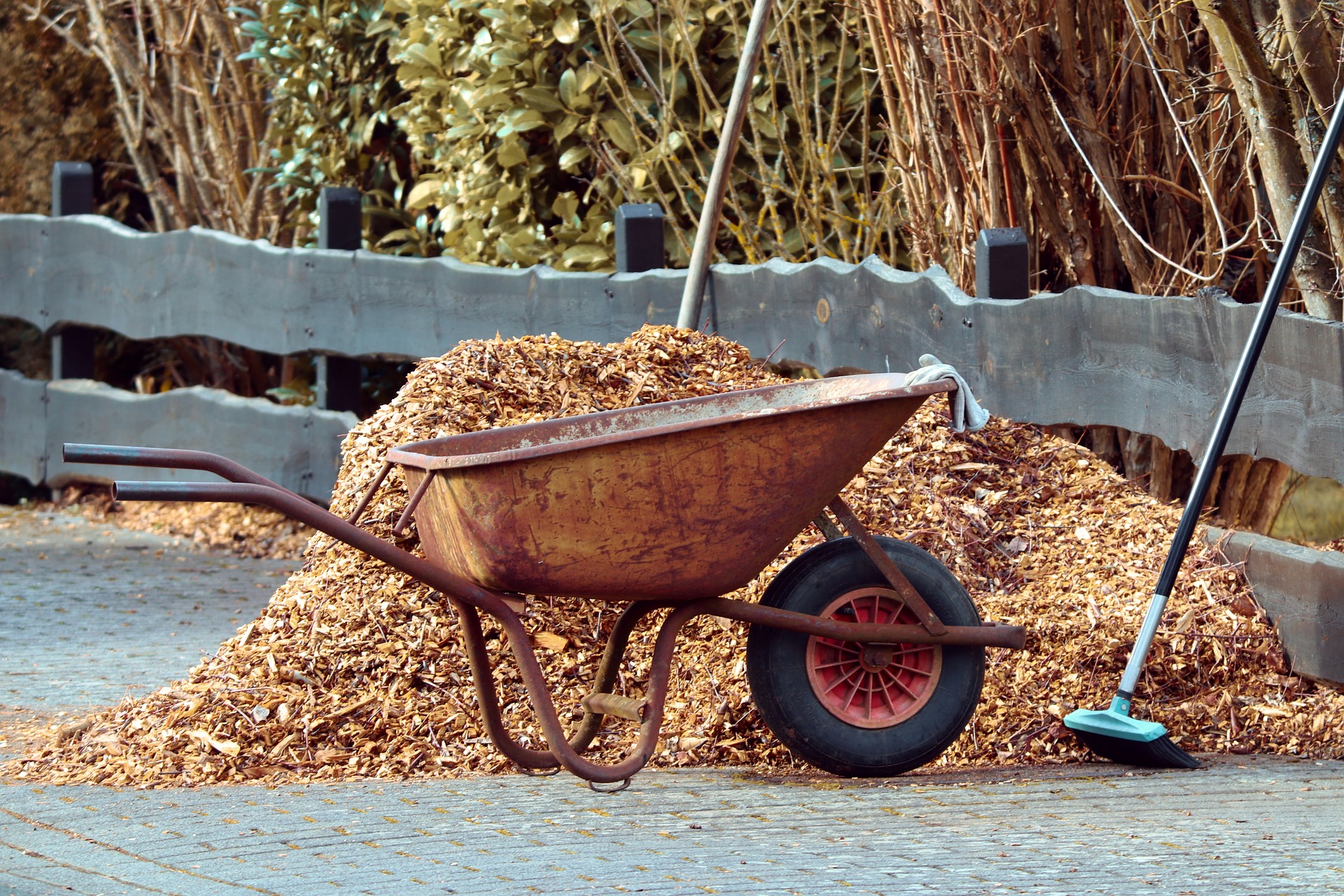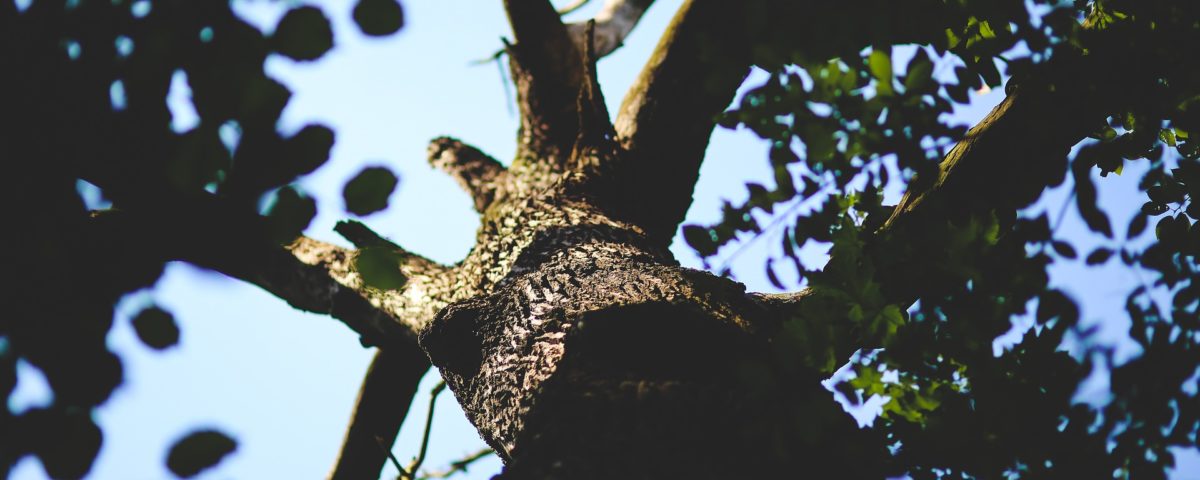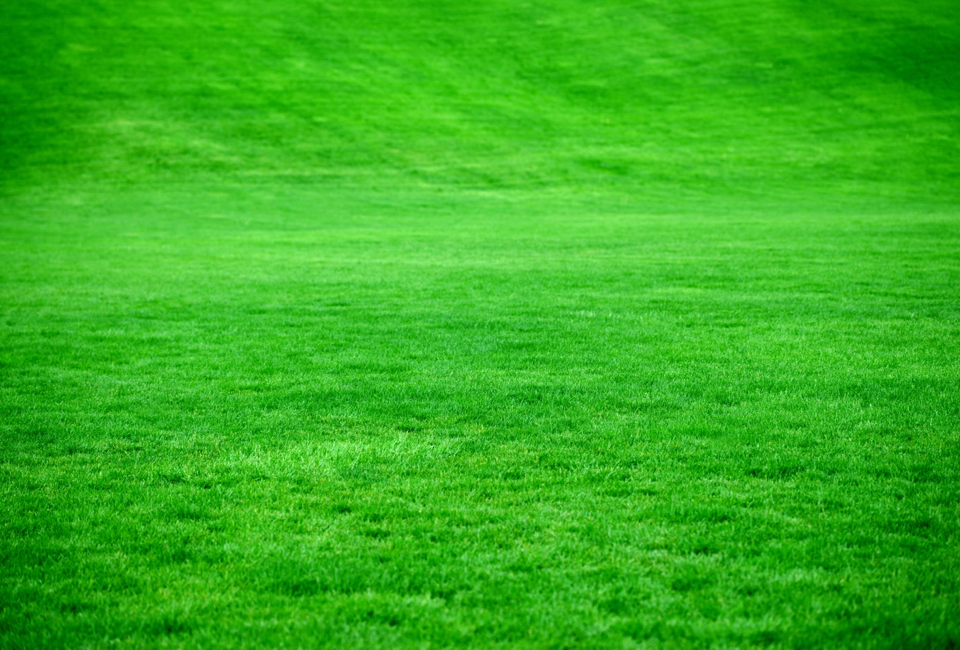
The Benefits of Retaining Walls in Landscaping
June 3, 2019
Avoiding Poor Mulch Practices
June 3, 2019Part of being a skilled landscaper is knowing when to recognize problems and areas of concern. There are a lot of different variables that can lead to issues in gardening and landscaping. The key to success is knowing when to change your methods and strategies and have a good idea of potential issues that can come into play. Plants and trees are extremely delicate and need a very specific set of conditions to grow and thrive. It can be challenging to pick up on the fact that one of your trees might be experiencing health issues, especially if you don’t know what to look out for. The good news is that we’ve put together a list of symptoms to watch out for below that should help you out. If you notice that your tree is dealing with one of the issues mentioned below, you should try to take action to help your tree recover as soon as possible.
1. Tree Cankers
If you aren’t familiar with the term tree cankers, it’s a term that refers to dead sections of bark on a tree. They are definitely a worrying sign, as typically tree cankers mean that the tree is dealing with an injury, a bacterial infection, or fungus. These dead sections of bark can lead to extreme damage and even result in killing the entire tree if you don’t take care of them. You will typically be able to spot tree cankers on the branches or the trunk of a tree. If you notice tree cankers on the main trunk of the tree, it could mean that your tree is on its way out.
2. Leaf Issues
Looking at the leaves on your trees is a good way to get a sense for their current health. If you notice leaf issues, such as spots and holes in the tree’s leaves, your tree is likely dealing with disease. Spots on a tree’s leaves can come in a variety of sizes. Sometimes they are circular while other times they are uneven and blotchy. Often times leaf spots are a sign that the tree has a fungal infection or a bacterial disease. Insects can also wreak havoc on a tree and cause these holes to appear in the leaves. Keep an eye out for spots or holes in your tree’s leaves to stay on top of serious tree health issues like insect infestations and shot hole fungus.
3. Honeydew and Mold
Another landscaping term you might not be familiar with is honeydew. This term refers to a clear sticky substance that is a lot like tree sap. Honeydew is a classic sign of an insect infestation and should be taken seriously whenever you encounter it. Plants sucking insects like aphids and lace bugs excrete honeydew as they eat your tree. Honeydew is typically accompanied by sooty mold, which is a fungus that grows on top of honeydew and prevents your trees from getting the sunlight they need to survive. Without sunlight, your trees won’t be able to participate in photosynthesis, which will ultimately lead to their demise. Keep an eye out for honeydew and mold on your trees to avoid this issue from taking over the trees in your garden or landscape.
4. Canopy Dieback
Another serious tree health issue to look out for is canopy dieback, which refers to the overall decline of a tree’s canopy. You can typically notice this health symptom when you look at your tree from a distance. The canopy will look less full and unhealthier than the other trees around it. Canopy dieback typically means that your tree is experiencing dramatic declines in its health. Insects and disease can be the main culprits for canopy dieback, but old age and drought can also cause a reduction in tree canopy. The bottom line here is if you notice a decline in your tree’s canopy, it is likely dealing with health issues.
5. Leaves Falling Early
There’s a certain time every year that you can expect the leaves on your trees to fall off naturally. This is typically in the Autumn months. Any other time of the year that you notice your tree shedding its leaves could be cause for immediate concern. Leaves that fall of your trees during the spring and summer often means that your trees are dealing with significant soil and root disorders. It can also mean that your tree has a vascular disease or is infested with boring insects. Think of your trees leaves as a way to measure the health of the overall tree. If they are falling in months outside of the normal Autumn months, you should certainly be concerned.
6. Brown or Yellow Leaves
Sure, it’s normal for trees to have brown or yellow leaves during the Autumn. However, if you notice that your tree has yellow or brown leaves during the summer or spring, it’s likely that your tree is dealing with health issues. Leaves that are yellow and brown normally mean that the tree has a nutrition deficiency or is dealing with drought, heat stress, and winter burn. Always keep an eye on your tree’s leaves to have a good idea about its overall health.
7. Cavities in the Trunk
Trees will often times develop cavities and holes in their trunk when they are dealing with injuries and stress. Over-mulching can also lead to these cavities. You probably want to have a professional come out and analyze any cavities in your trees to determine the best course of action.
We hope this article has given you some valuable insight into the symptoms of ailing trees. IT’s always a good idea to regularly inspect your trees and keep these health issues in mind whenever you are working on your landscaping. This article is brought to you by Cal Blend Soils, the leading supplier of landscaping products in the California area. If you have any questions about the health of your trees or would like to purchase the best landscaping and gardening products on the market, reach out to Cal Blend Soils today.


